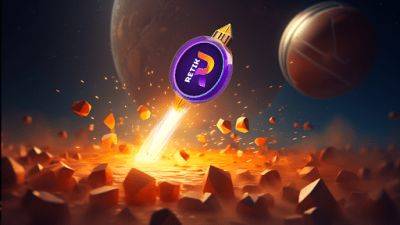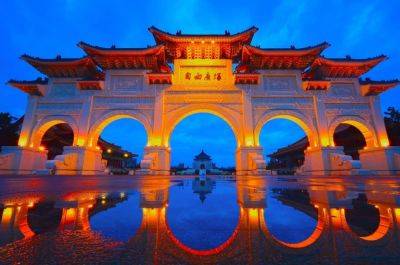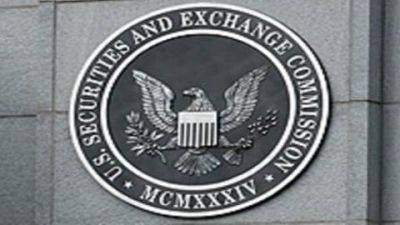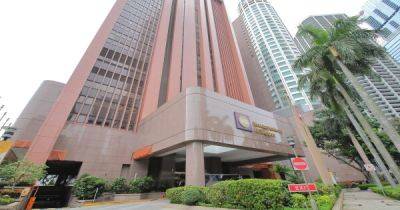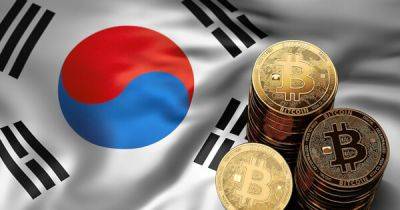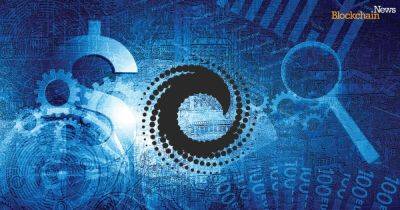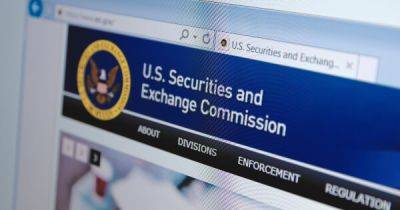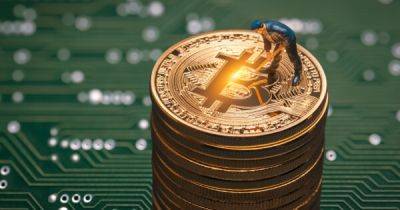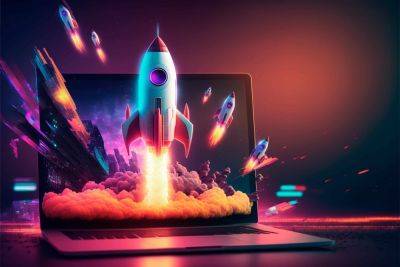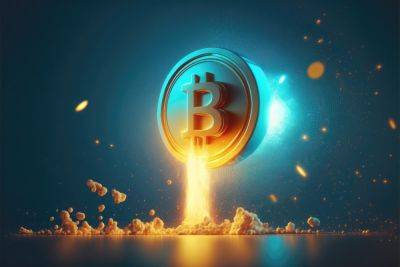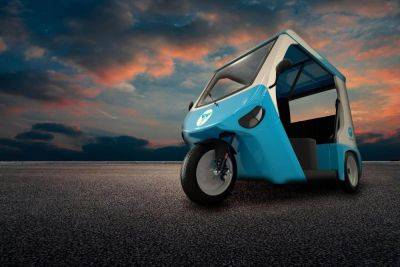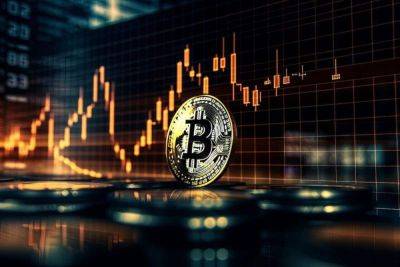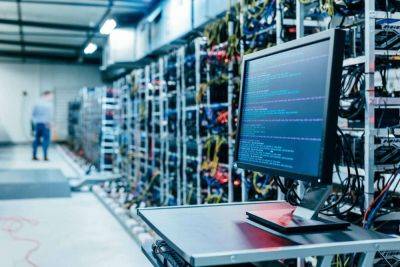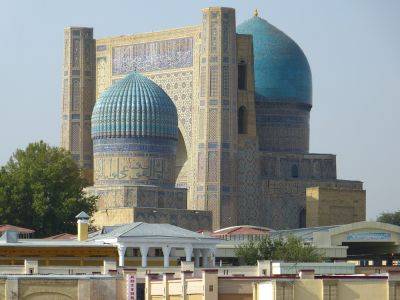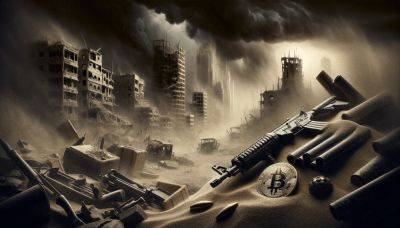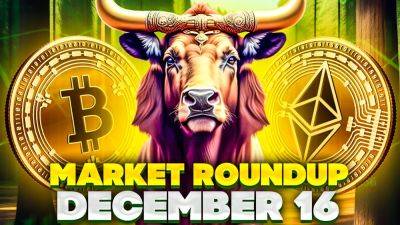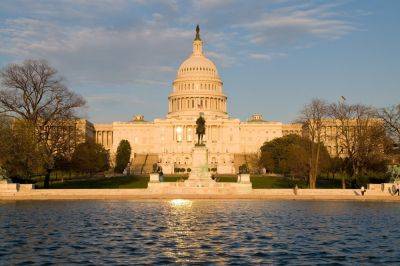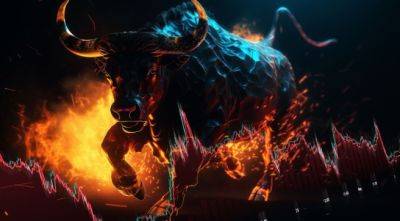What are NFT DApps, and how to create and launch one?
The synergy between NFTs and DApps creates a dynamic ecosystem where digital ownership, decentralized finance and programmable assets converge, offering innovative solutions across various industries.
Decentralized applications (DApps) and nonfungible tokens (NFTs) are two important components of the blockchain and cryptocurrency ecosystems. Despite their disparate functions, there are several instances in which they coincide and enhance one another.
For instance, NFTs can be used in DApps to signify ownership or access privileges for both real and digital assets. DApps can tokenize unique goods, such as in-game assets, digital art or real estate, by utilizing NFT standards such as ERC-721 or ERC-1155.
NFTs are frequently used to represent in-game assets in gaming DApps. These assets are tradeable and buyable on secondary markets, which improves the idea of genuine ownership and compatibility across many virtual worlds or games.
Moreover, DApps built specifically to create, manage and trade digital valuables have become popular due to the rise of NFTs. Tokenizing their creations allows artists and content creators to produce one-of-a-kind digital assets that consumers can purchase, sell and own. This has given creators new opportunities to interact directly with their audience while providing collectors with a safe and verifiable method of obtaining digital asset ownership.
The programmable nature of smart contracts reinforces the convergence between DApps and NFTs. Smart contracts can be used by DApps to automate a number of NFT-related tasks, including content licensing, royalty distribution and even the implementation of dynamic features inside the NFT itself. The increased programmability of NFTs in decentralized
Read more on cointelegraph.com
 cointelegraph.com
cointelegraph.com